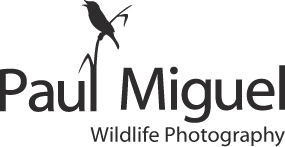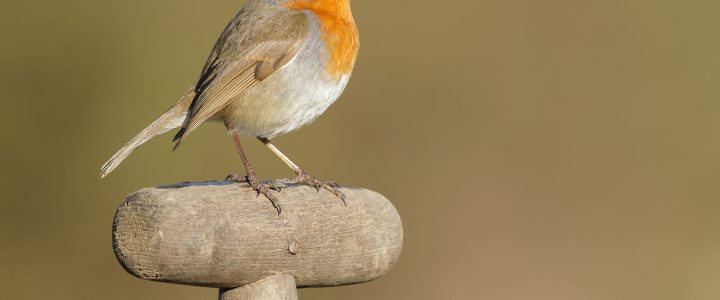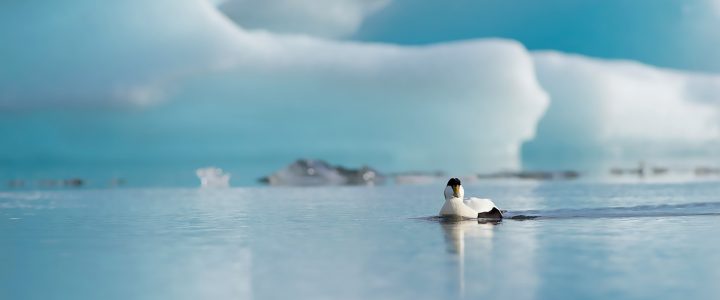This is my review of the Canon 400mm EF f5.6 USM lens, having professionally used this lens for wildlife photography for a number of years.
When it comes to choosing the right lens for wildlife there are a number of considerations. It’s important to take them all in to account and also to think about the situations you are most likely to use the lens in.
Weight
This is often not considered enough, but it’s a really important one. If you are likely to be carrying the lens for extended periods of time and in particular, hand-holding, then weight is big consideration. With a bigger more expensive lens you might find it feeling quite a burden. The Canon 400mm f5.6 is extremely light, weighing in at 1.25kg. This makes it perfectly easy to hand-hold for most people and can be carried around for hours. Being so lightweight I find it ideal for flight photography – no need for support, I can simply use my left hand to support the lens as I follow and fire. Comparing this to my Canon 500mm f4 IS Mark i, at a whopping 3.9kg, and you can see the benefit!
Image Quality
Of course there’s no point having a light lens if the image quality is poor. When I first bought this lens years ago I was significantly impressed with the sharpness. In my opinion it’s of professional standard quality when paired with a good quality camera body. I’ve created images with this lens with both a Canon 1D Mark iv and a Canon 1DX Mark i. A number of these photos have been supplied to professional picture libraries and been printed large on calendars and magazine covers. Sharpness is always a difficult one to describe, without providing complex tests. To get the most out of this lens try to stop down to f/7.1 or f/8 – it will improve the clarity. I rarely use it at f/5.6 but then I wouldn’t do anyway. Use this lens in good light with good technique and you really shouldn’t have any complaints.

Speed of Focus
In good light this lens focuses quickly; you’ll have no problem for wildlife portraits. For action it performs pretty well in good light and I’ve made many sharp images of birds in flight, using a centre focus point and a small cluster. I also find changing the focus limiter switch to 8.5m – infinity can improve speed for flight photography. Where this lens begins to struggle is in poor light: in low sunlight or overcast conditions the focus definitely starts to struggle and you need to use the best technique you can. This is the main drawback of the lens for me. The minimum focus distance is 3.5m which is also a disadvantage in some situations. Note: this lens does not have any IS, however for me I don’t find it much of an issue.

Extenders and Extension Tubes
If you want to increase the magnification of the 400mm then you can attach extenders. I’ve never tried a 2x extender but have used the lens with the Canon EF Mark iii 1.4 x Extender. With older cameras you may use auto-focus completely. My current understanding is that Canon 1D and 5D bodies will accept the combination but only allow you a centre focusing option and don’t allow the choice of different focus points. You’ll also be down to f/8 once the extender is attached. Quality with a 1.4x extender is reasonable but it helps to keep the ISO low and even stop down the aperture a little more for optimum quality – I regularly use f/9 or f/10. I wouldn’t want to use this combination in overcast light with a high ISO.
In order to make small birds more frame-filling you can attach an extension tube. I’ve sometimes used the Canon 25mm extension tube with this lens in order to reduce minimum focusing distance and get closer. This also has the effect of diffusing the background slightly more. You lose a bit of light but still retain auto-focus and exposure control.

Price
At the time of writing you can get a brand new Canon 400mm f5.6 for close to £1000 and a used one near £500. This is massively cheaper than most competing lenses and makes it ideal for those on a tighter budget.
Other Options
There are many other options for bird photography. Heavier lenses with superior auto-focus include the Canon 500mm f/4 and 600mm f/4 and the Canon 400mm f/2.8. You could also opt for a Canon 300mm f/2.8 and use with extenders. There’s also the 400mm f/4 DO – light enough to hand-hold but with very mixed reviews. The Canon 100-400mm f/4.5-f5.6 Mark ii is also a serious contender due to flexibility, quality and weight. All of these lenses however come with an increase in price.
Conclusion
Remember that the best lens for you is the one that works for you. Are you likely to be sat in hides for hours with a tripod, or are you more likely to be walking around and shooting hand-held in the field.? It’s important to take this into account when choosing your lens. The Canon 400mm f5.6 should always be a consideration. It isn’t the fastest lens; it isn’t the sharpest lens. However it does offer a high level of quality for an amazing price. That’s why I’ve used it myself. The main drawbacks are reduced auto-focus speed in poor light, minimum focusing distance and lack of IS. If you can live without these things then buy it in a heart-beat – I still believe it’s one of the best lenses ever made by Canon for pure value.
To see more of my wildlife photography visit the Gallery Pages on my website.


































